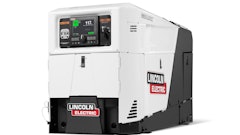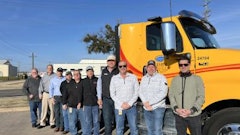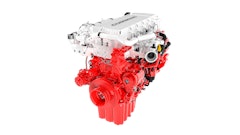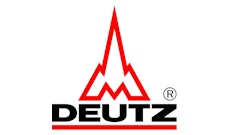The U.S. Environmental Protection Agency (EPA) and the National Highway Traffic Safety Administration (NHTSA) are adopting amendments to the agencies’ respective rules addressing Greenhouse Gas Emissions Standards and Fuel Efficiency Standards for Medium- and Heavy-Duty Engines and Vehicles. EPA and NHTSA are adopting amendments to correct inconsistencies and add clarifications to the current rules’ text. These amendments eliminate duplicative reporting requirements, reduce inadvertent minor differences between the EPA and NHTSA programs regarding such matters as voluntary early model year compliance, better align testing procedures to market realities, and reduce unnecessary testing burdens.
This action also separately amends EPA regulations addressing mobile source emissions other than greenhouse gases. These other amendments include exemption provisions for new replacement engines, technical hardship provisions for nonroad diesel engines, fuel line permeation test procedures for large nonroad spark-ignition engines, and other amendments for small nonroad spark-ignition engines.
EPA and NHTSA are accepting comment on this action, and EPA is also publishing EPA-specific amendments in a parallel notice of proposed rulemaking. EPA’s proposed rule would be used to address public comments, as needed.
Background
After the 2011 publication of the heavy-duty greenhouse gas and fuel efficiency rules, EPA and
NHTSA began an extensive outreach effort to aid in the rules’ implementation. In the course
of these efforts, the agencies received comments on specific aspects of the rules. In some cases it became clear that minor amendments to the rules would help to clarify the rules’ intent or make them more effective. The amendments adopted here are largely based on these implementation discussions, and the agencies are jointly taking this action to maintain a single, harmonized national program. This joint action will facilitate an expedited compliance process by allowing engine and vehicle certifications, based on the amendments, to occur directly after publication.
In addition, EPA is adopting other amendments to address issues in the following five areas:
- Replacement Engines: EPA is adopting modifications to the replacement engine provisions to allow on a limited basis the practice of replacing engines with engines that are cleaner, but not certified to the most stringent standards. EPA is also revising the regulations to help ensure the proper use of this exemption.
- Nonroad Technical Hardships: EPA is revising technical hardship provisions to allow for wider agency discretion to provide additional allowances for equipment manufacturers to transition to Tier 4 standards, based on individual circumstances involving exceptional difficulties in the availability of compliant engines.
- Transition Program for Marine Equipment Manufacturers: EPA is addressing a potential supply issue of compliant engines for marine installation during the transition to new emission standards for land-based engines by temporarily allowing marine equipment manufacturers to use allowances if a compliant marine engine is not available.
- Large Spark Ignition (SI) Engine Fuel Lines: EPA is modifying the regulation to allow fuel lines for Large SI engines to meet either the 1996 or 2004 version of SAE J2260 to address a fuel line supply issue.
- Small Spark Ignition (SI) Amendments: Through 2019 EPA is aligning an optional certification fuel to California’s Phase 3 gasoline for small SI nonroad engines, along with equivalent stringency standards.
What are the Economic and Environmental Impacts?
The regulatory changes in this action provide clarification and guidance and will have no cost
impact. Similarly, these regulatory changes will have no environmental impact, except for the
potential delay in the Tier 4 implementation schedule of a limited number of nonroad diesel
engines.


























